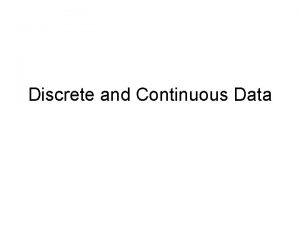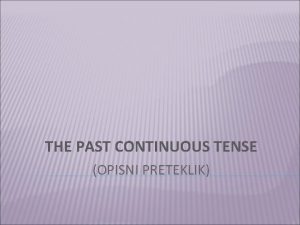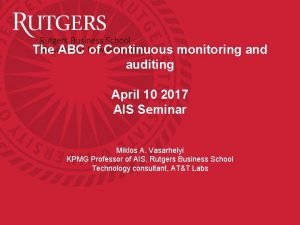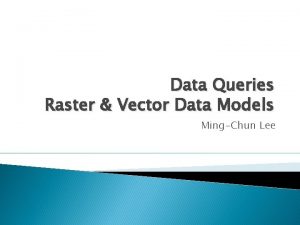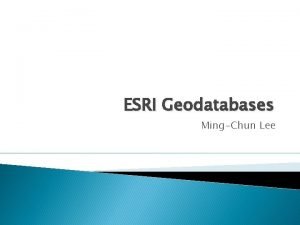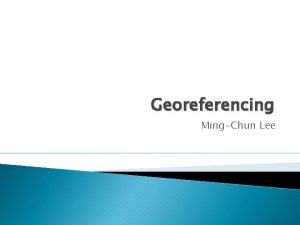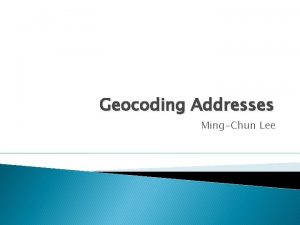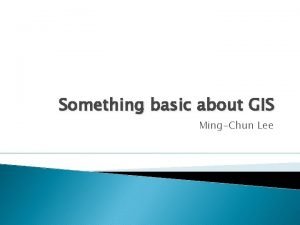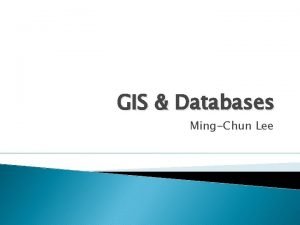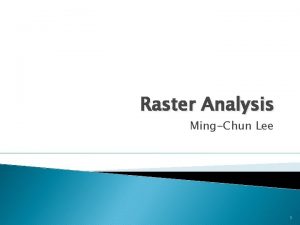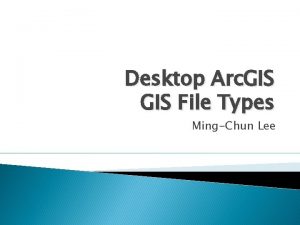Classification MingChun Lee Classification How are Continuous Data













- Slides: 13

Classification Ming-Chun Lee

Classification How are Continuous Data Categorized in Symbology? Classification Methods ◦ Equal Interval/Defined Interval Place Breaks at Equal Intervals, Specifying Number or Width of Breaks ◦ Standard Deviation Place Breaks at Equal Standard Deviations From the Mean Value ◦ Quantile Place Breaks Such That Groups Have Equal Size Memberships ◦ Natural Breaks Place Breaks Between Clusters of Data ◦ Manual Breaks

Equal Interval/Defined Interval Lecture 12

Equal Interval/Defined Interval Guarantees a linear relationship between the data values and the color selected

Standard Deviation Lecture 12

Standard Deviation Similar to Equal Interval, but uses a statistical basis for determining the interval size

Quantile Lecture 12

Quantile Guarantees that each color will be assigned to approximately the same number of features Effectively divides your data into equally-sized groups Results in Greatest Overall Differentiation

Natural Breaks Lecture 12

Natural Breaks Uses an algorithm to place breaks such that: ◦ The variance within groups is minimized, and ◦ The variance between groups is maximized Results will tend to be irregularly-sized intervals This is the default in Arc. Map

Manual Breaks Lecture 12

Manual Breaks Can reflect policybased or arbitrary thresholds and categories Tedious to set up

Classifications: When to Use Equal Interval ◦ You want to be able to compare relative values using the colors Standard Deviation ◦ You expect your data to be normally distributed Quantile ◦ You want your breaks to be narrower in clusters of data Natural Breaks ◦ You want to use your data to identify clusters of values Manual Breaks ◦ You have an external source for setting breaks
 Antigentest åre
Antigentest åre Present continuous for future examples
Present continuous for future examples Past simple future
Past simple future Discrete and continuous examples
Discrete and continuous examples Classification of algae by lee
Classification of algae by lee Peel past tense
Peel past tense Progressive tenses of verbs
Progressive tenses of verbs Past perfect y simple past
Past perfect y simple past Past continuous present continuous
Past continuous present continuous Past simple past continuous or past perfect
Past simple past continuous or past perfect Present perfect future continuous
Present perfect future continuous Jitsmi
Jitsmi Continuous control monitoring
Continuous control monitoring To write in simple past
To write in simple past



